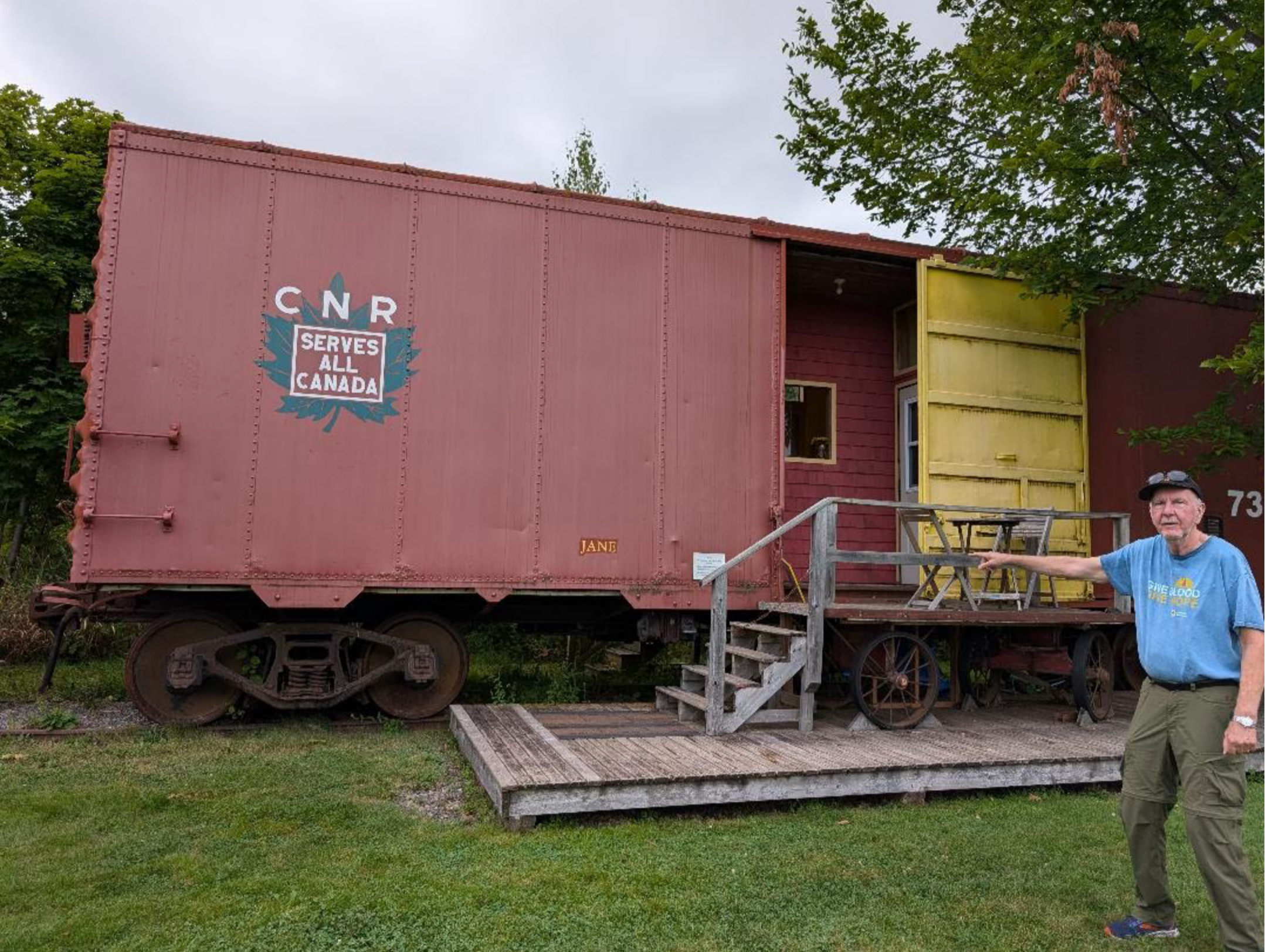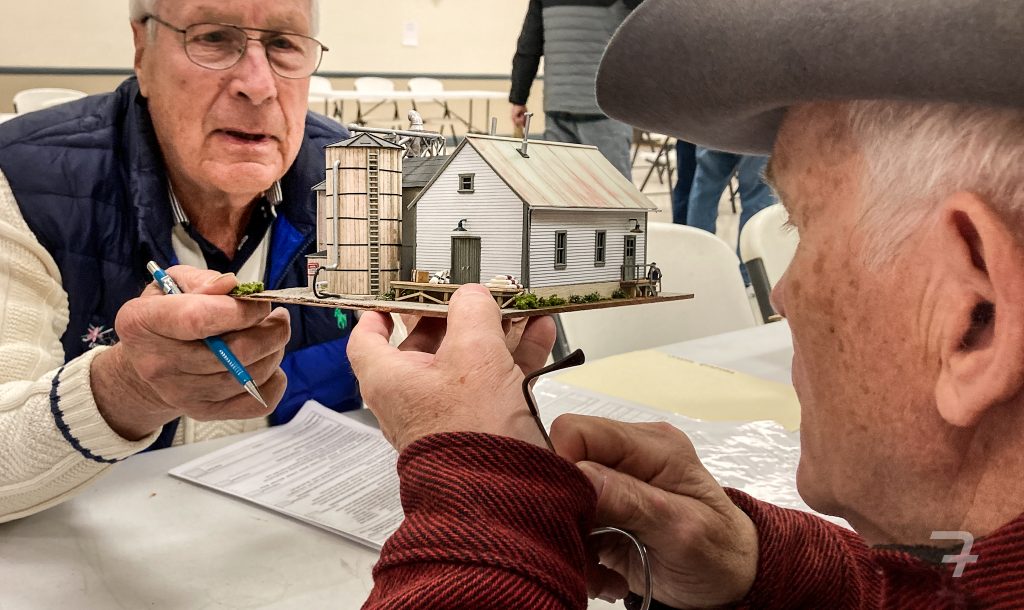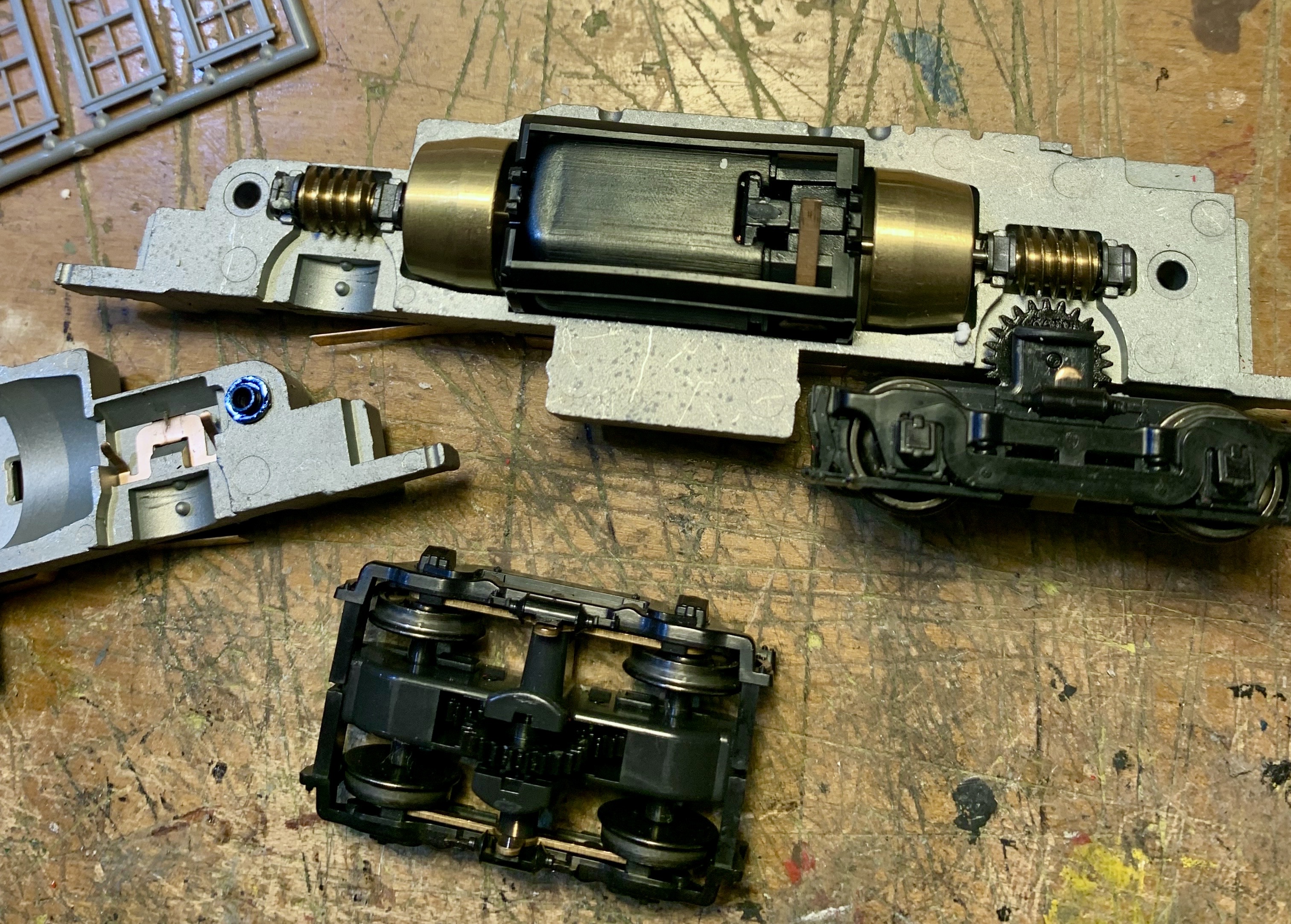
By Alex Polimeni
As anybody who’s ever worked on something at a hobby bench before knows, sometimes you don’t see what’s right in front of you. At least, that’s how I felt after our October meeting at Andrew Dodge’s when the question was asked, “are there job descriptions for the Division officers?” I think many of us have been with SMD for so long we don’t always realize there’s folks who haven’t been. So, let’s take a look at the officer positions of South Mountain Division!
To begin, there are elected officers and appointed positions. Each January, the Division assembles an impartial nominating committee to solicit potential officer candidates. The membership then votes on these candidates during the May meeting, who then begin their term in July. Supporting the elected officers are a number of appointed positions, which require only a volunteer and the Superintendent’s formal recognition.
Superintendent (president, elected)
The most important obligations of the “Super” include appointing volunteers, soliciting potential membership meeting hosts, and presiding over the meetings themselves. The Super is also our Division’s point of contact with MER and NMRA national, whom we liaison with for insurance coverage and other support. Having served four years as Super, I would say that outside the meetings themselves, I’ve spent only 2-3 hours per month on my duties and most of that was writing emails. As Super, you can expect to:
- Chair a mid-summer meeting of officers to identify meeting hosts to contact and address other concerns before the coming Sept-May season
- Reach out to potential meeting hosts, clinicians, and guest speakers
- Send reminders by email before each month’s meeting
- Chair membership meetings according to Robert’s Rules of Order
- Coordinate with the other officers and appointed positions to make sure they have the support they need (and are providing the support the Super needs)
- Maintain Division property such as the Marv Kershner gratuity boxcar and our projector screen
- Liaison with MER regarding NMRA paperwork and conduct a bi-annual review of Division bylaws
Now, all this isn’t to say the Super has to go it alone, as perhaps’ the Super’s greatest power is the power of delegation!
Paymaster (treasurer, elected)
The Paymaster is responsible for maintaining the Division bank account, and is the only member authorized to make deposits or withdrawals. The Paymaster is expected to provide a report of the current balance at each meeting and promptly reimburse members who have made out-of-pocket expenditures on SMD’s behalf.
Clerk (secretary, elected)
The Clerk is responsible for taking minutes at each membership meeting and forwarding them to the Super to be distributed before the next meeting, creating a record of all Division business and helping to keep the membership informed. Currently, I take notes at the meeting and then format them into a pre-made document template afterward.
Assistant Superintendent (appointed)
The Assistant Super ostensibly has all the same responsibilities as the Super when required, and serves to ensure the Super can fulfill his/her duties. It is also customary for the assistant Super to reach out to new and expiring members to welcome them into SMD or ask if there’s anything we can do to bring them back. If the Super is unavailable to chair a meeting, it is typically the Assistant who will do so in their stead.
Achievement Program Coordinator (appointed)
The AP Coordinator is responsible for helping Division members work toward their Master Model Railroader milestones.
Mini-Con Coordinator (appointed)
The Mini-Con Coordinator works with Blue Ridge Hobby Supply, the Blue Ridge Summit fire hall, the Division at large, and guest speakers, food vendors and visitor marketing (such as modular layouts) to organize our annual, April Mini-Convention, which regularly draws 200+ members of the public.
Newsletter editor (appointed)
The editor pulls together information for our monthly newsletter the Wheel Report. Editors have a lot of room to make the WR their own, and it fulfills a vital function in keeping the Division on the same page.
Webmaster (appointed)
The webmaster maintains our online presence, making sure important information is kept up to date and accessible to the public.
Advisory Committee (appointed)
The Super typically asks involved Division members- often former officers or volunteers-to join an advisory committee, which simply weighs in on matters as varied as potential meeting hosts to Christmas cards!






